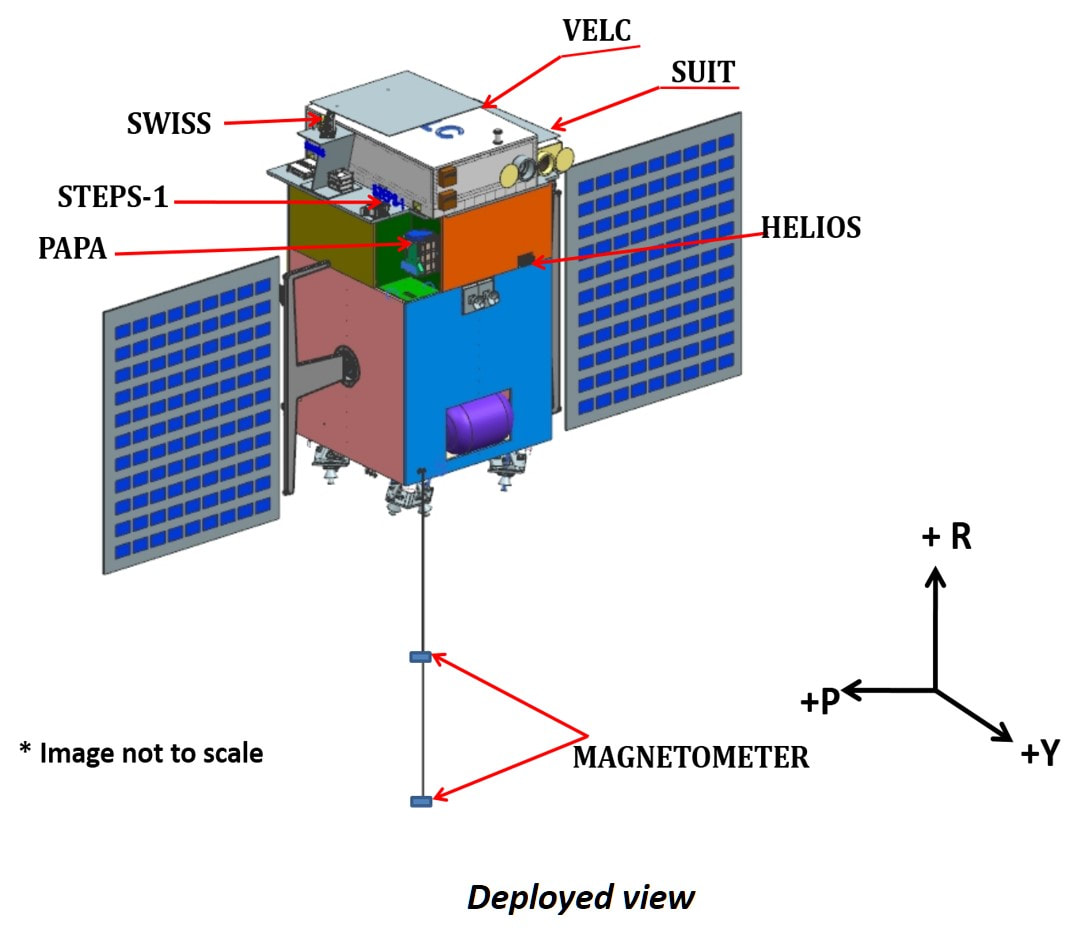Gautam Sarkar
New Member
- Joined
- Apr 24, 2019
- Messages
- 471
- Likes
- 2,346
Oh yes.....my bad.Astronomy and not astrology.
Oh yes.....my bad.Astronomy and not astrology.
![[File] India has already inked agreements with Russia and France for assistance in the ambitious project | PTI](/proxy.php?image=https%3A%2F%2Fimg.theweek.in%2Fcontent%2Fdam%2Fweek%2Fnews%2Findia%2Fimages%2F2018%2F12%2F28%2Fgaganyaan-pti281218.jpg&hash=3b2e2e6a53f2215ce58f7b0916e0c31f)
Three astronauts docked at the International Space Centre (ISS) on Thursday after taking off on a six-hour flight from Russia's Baikonur cosmodrome in Kazakhstan. The flight went as per schedule, though because of the ongoing COVID-19 pandemic, there were tweaks in the protocol, with the traditional pre-flight family meeting and press conference being modified to just an email presser.
However, the pandemic might cast a doubt on the dates of India's ambitious human space flight programme—Gaganyaan.
The first of three flights in the mission is slated for this December. The first two flights are unmanned, only the last, scheduled for 2022, will be a human flight.
Indian Space Research Organisation (ISRO) has been in lockdown since March 25, like the rest of India. "We, too, are working from home," ISRO Chairman K. Sivan told THE WEEK. "We cannot take any decision at this stage. We will have to wait for the lockdown to be lifted," he said.
Sivan added that all research and development and manufacturing were at a standstill, and only the work that is possible to be done from home, and through video conferencing, was being carried out.
Even the astronaut training of the four test pilots of the Indian Air Force has stopped in Russia because of pandemic restrictions.
ISRO had planned a busy calendar, with around two dozen launches, including Gagagyaan flight 1 in December 2020 and Aditya, India's first solar probe, scheduled for a summer launch. Also, Chandrayaan-3, though pushed to 2021, would have required a lot of work, both at the technical end, as well as the manufacturing.
Over 100 manufacturing units, big and small, in the private sector, are contracted to manufacture components for ISRO’s missions. All of them are shut. The manufacturing is massive, with rockets, satellites and scientific instrumentation having to get ready.
For Gaganyaan, there is a lot more work. Apart from R&D in every department, from space food to landing parachutes, a lot of which the Defence Research and Development Organisation has been doing, these components have to be manufactured, too.
It isn't just the delay due to lockdown. With the country pressing all available funds into dealing with the economic impact of the pandemic, there might be a recalibration of what is absolutely necessary right now. The country's strategic sector has never lacked for want of funds in the past, and ISRO is the master of the game when it comes to frugality.
But in the light of the extraordinary situation created by pandemic, the call to review expenditure is getting loud. Congress MP Jairam Ramesh recently said the country should put on hold projects like Gaganyaan and the Central Vista redevelopment.
Meanwhile, the GISAT-1 launch, which was mysteriously called off on March 4, a day before take-off citing an ambiguous "technical reason", appears to be postponed indefinitely. The rocket was rolled out of the launch pad to the Vehicular Assembly Building, and its satellite removed from it.



The sum of the turnover of Indian space agency's various divisions if spun off into different business entities will surpass that of its behemoth parent owing to focused leadership and innovation, said a senior official of the Indian Space Research Organisation (ISRO).
He said the best of the efforts in innovation in such a large industry, the conversion in product outputs are meagre to the extent of 5 to 10 per cent.
"If ISRO is restructured in terms of smaller single-focus business entities like payload, satellite, rocket engine production, launcher integration and launch services, tracking and satellite maintenance services, the sum of turnovers of these individual entities will surpass substantially in comparison to the same by the ISRO behemoth," said Tapan Misra, Senior Advisor, ISRO and former Director, Space Applications Centre, ISRO.
"The reason for improvement will be the encouragement of innovation by single focus leaderships. Many mammoth MNCs like Google, Microsoft, Space X, Boeing, and many others co-opt or fund or usurp innovative startups to create and absorb innovations. In India to reach this level, we may have to wait a few more years," Misra said.
He said every industry will come to a saturation point in terms of product output and even an increase in input resource-capital and manpower, there will be hardly any increase in output beyond saturation point.
"Innovation in business processes or manufacturing methods and strategies can improve efficiency. It means the saturation point can be achieved with lesser input resources. On the other hand, innovation on simplification of product design or bringing in more productive capital goods, i.e., the more efficient machinery to manufacture the products will raise the saturation output at same or lesser resources," Misra said.
Behemoths like ISRO with multiple focus points will be resistant to innovations owing to inertia and occupation of leaders' mind, to run the behemoth industry itself in the present avatar, he added.
Pointing out technology will become stagnant and innovations discouraged in the absence of competition, Misra said that monopoly does not incentivise the emergence of capable, forward-looking and risk-taking innovative leadership.
According to him, many of the monopolies were established, with sagacious minds as leaders, with an aim to bring the country in the front line of strategic sectors.
"Unfortunately, many wise men prefer less competent subordinates and successors in order to satisfy their desire of stranglehold in the organisation when in service and out of service. This leads to the gradual degradation of the leadership quality with successive transitions, leading to stagnation in technology and services," he said.
Market forces can play a role in promoting effective leadership as the profit and expansion are the prime motivation. It leads to re-emphasis of merit and leads to a better innovative environment.
